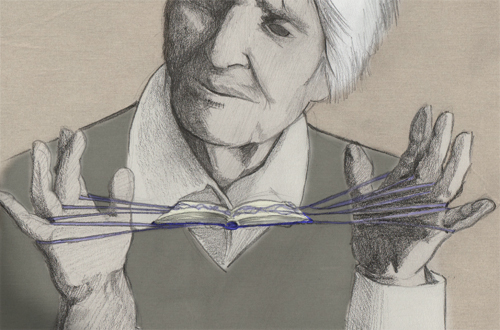
According to the UNAIDS (UN programme on HIV/AIDS) 2010 report 22.5 out of around 33.3 million people globally living with HIV live in sub-Saharan Africa, where young women between 15 and 24 years old are 8 times more likely than men to be HIV positive. 80% of the women living with HIV worldwide live in the region.
Gender inequality remains one of the main HIV social drivers. According to the UNAIDS report the HIV epidemics and sex and reproductive health are intertwined. HIV related causes contribute to at least 20% of maternal deaths and countries with high HIV rates also have high teenage pregnancy and unsafe abortion rates while very few countries involve men in reproductive health programmes. Violence and HIV rates are also often associated.
Eastern Europe and Central Asia are the only regions where the number of people living with HIV has almost tripled since 2000. The proportion of women living with HIV is also growing. Female sex workers, people who inject drugs and men who have sex with men, whom remain often underserved in HIV prevention, treatment, care and support, account for most of the new infections both in these regions and worldwide.
Nafis Sadik is Special Adviser to the UN Secretary General and UN Special Envoy for HIV/AIDS in Asia and the Pacific. As former head of the United Nations Population Fund (UNFPA) she became the first woman, in the history of the United Nations, to lead one of its major voluntarily funded programmes. She is an expert on international maternal and child health, reproductive and sexual health, including family planning, on population and development and gender and development. She was born in Pakistan and lives in the United States.
In its action items on gender equality the UNAIDS 2010 report calls for the need of countries to address the needs of men who have sex with men through prevention interventions that go beyond health service provisions. What could these be and where are there positive examples that go this way?
We need to make men more responsible and educate them in the importance of women and in the need to keep them safe.
The issue has to be discussed also at policy level because even if now many governments have special programmes for men who have sex with men they haven’t changed the laws in their countries (for instance 79 countries criminalize same sex relations between consenting adults) nor they address the problems of the laws enforcement agency.
The effort is now for governments to have public advocacy programmes at national, regional and local level also by talking to religious and tribe leaders and to strengthen attention and prevention of HIV and AIDS.
HIV is socially not accepted and so are MSM (a medical and social research designation for men who have sex with men). Many of these men are also married, so they go to their male partners, get infected and then bring the infection back to their female partners. In a sense, there is a need not only to prevent HIV among them but also to protect the general population.
Continue reading →










